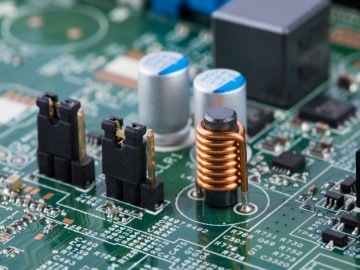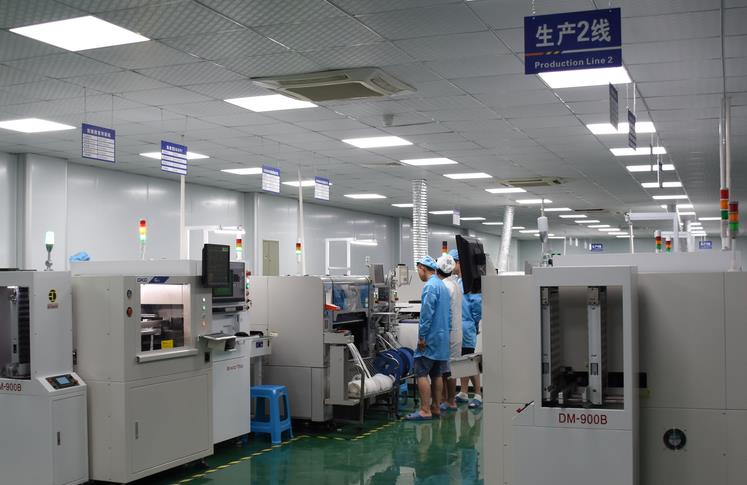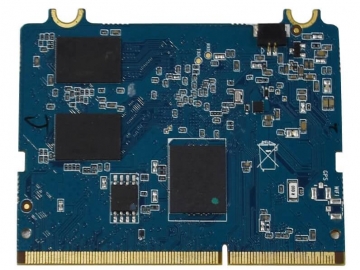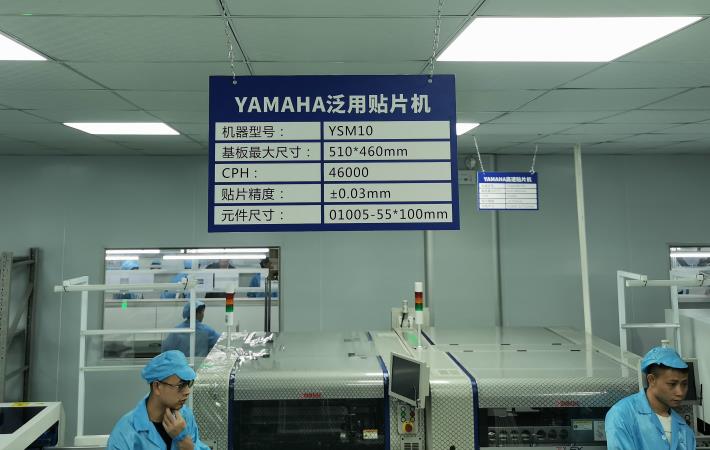Application design requirements for PCB communication product connectors
The application design requirements for PCB communication product connectors can be considered from multiple aspects to ensure the performance, reliability, and compatibility of the connectors in communication products. The following are the summarized application design requirements for PCB communication product connectors:
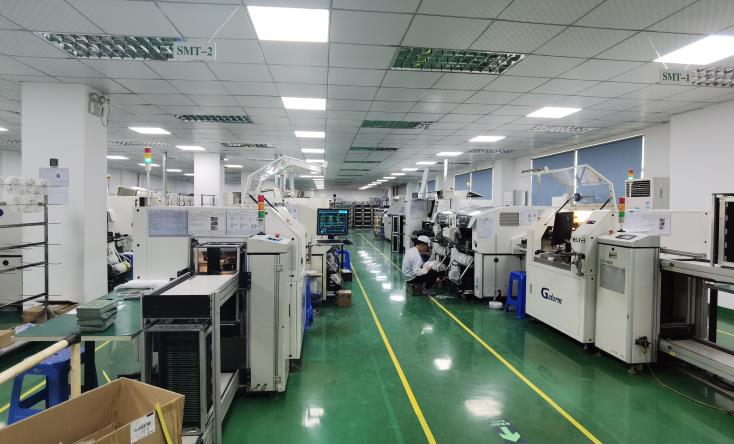
I. Electrical Performance Requirements
Impedance Matching: The connector should have good impedance matching characteristics to reduce signal reflection and attenuation during transmission, ensuring signal integrity and transmission efficiency.
Insulation Performance: The insulation material of the connector should possess excellent insulation properties to prevent current leakage and short circuits, ensuring the safe operation of communication equipment.
Contact Resistance: The contact resistance of the connector should be minimized to reduce energy loss during signal transmission and improve signal transmission efficiency.
II. Mechanical Performance Requirements
Insertion and Extraction Force: The connector should have moderate insertion and extraction forces, facilitating easy handling while ensuring stability under vibration and shock conditions.
Durability: The connector should be durable, enduring multiple insertions and removals as well as long-term use without damage, ensuring the continuous and stable operation of communication equipment.
Resistance to Vibration and Shock: The connector should possess good resistance to vibration and shock, adapting to the use of telecommunication equipment in complex environments.
III. Environmental Adaptability Requirements
Temperature Adaptability: The connector should be able to operate normally within a wide temperature range, unaffected by changes in ambient temperature.
Humidity Adaptability: The connector should have excellent moisture resistance, maintaining stable electrical performance in high-humidity environments.
Corrosion Resistance: The connector should be corrosion-resistant, resisting chemical corrosion in harsh environments to ensure the long-term stable operation of communication equipment.
IV. Safety Requirements
Fire Resistance: The insulation material of the connector should have good fire resistance to prevent the occurrence of fire accidents.
Electromagnetic Compatibility (EMC): The connector should possess good EMC to reduce the impact of electromagnetic interference on communication equipment and its surroundings.
V. Special Design Requirements (Taking Type C Interface as an Example)
Layout of ESD and Common-Mode Inductance Devices: ESD and common-mode inductance devices should be placed close to the Type C interface, in the order of ESD → common-mode inductance → resistor-capacitor. Additionally, attention should be paid to the distance between the ESD and the Type C interface, leaving a certain gap.
Layout of Signal Line Coupling Capacitors: The coupling capacitors for TX signal lines should be placed close to the interface, while the coupling capacitors for RX signal lines are provided by the device side.
Differential Line Impedance Control: The impedance of the Type C differential line should be controlled at 90ohm ± 10% to ensure impedance continuity.
Differential Signal Line Layout: Differential signal lines require at least one adjacent ground plane, and it is preferable to have ground planes on both sides. The wiring should be as short as possible, not exceeding 6 inches in length.
Differential Line Length Matching and Spacing: Ensure that the differential line lengths of the Type C connector are matched, with the length error within 6mil for internal lines. The spacing between differential lines should be at least four times the width of the Type C line, and the spacing between differential lines and other signals should be kept at least four times the width of the Type C line.
VI. Standardization and Compatibility Requirements
The design of the connector should adhere to relevant national and international standards to facilitate interoperability between different devices. Additionally, compatibility should be considered to ensure compatibility with different brands and models of communication equipment.
Tags: PCB /communication_product /
Prev: The impact of chaotic PCB layout on soldering reliability
Next: What is one-stop PCB assembly service? What does it include?


